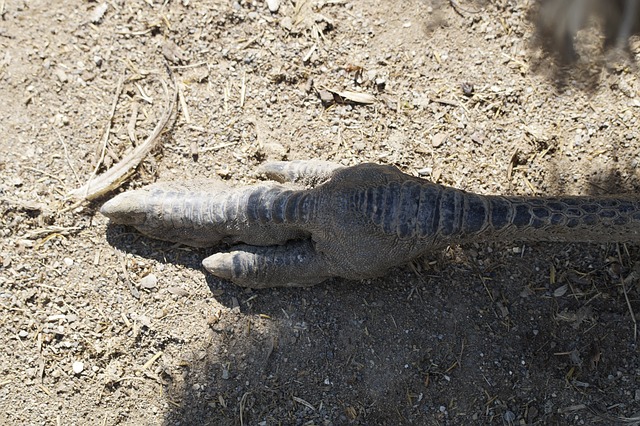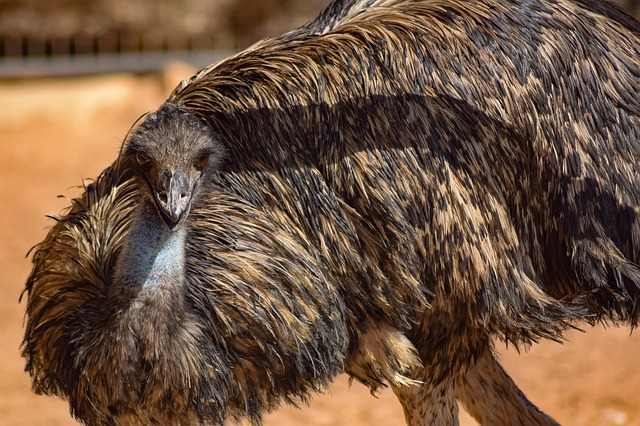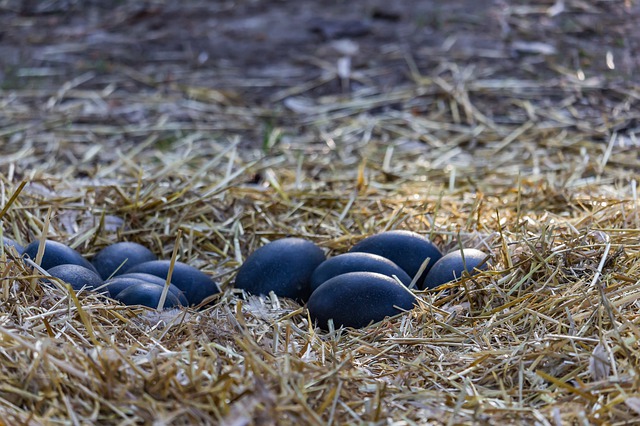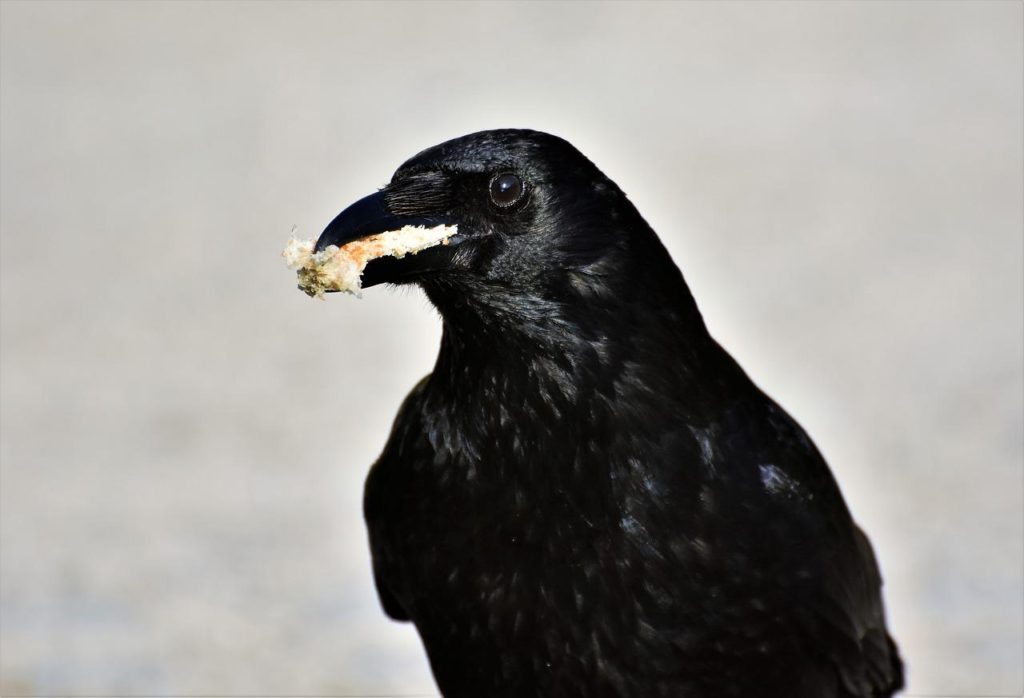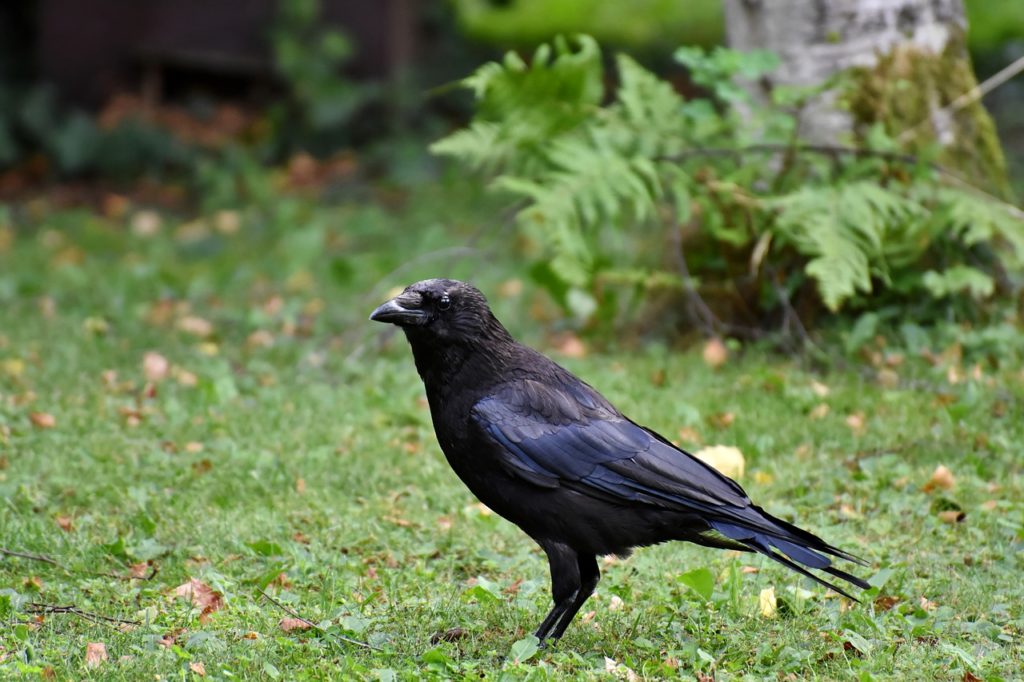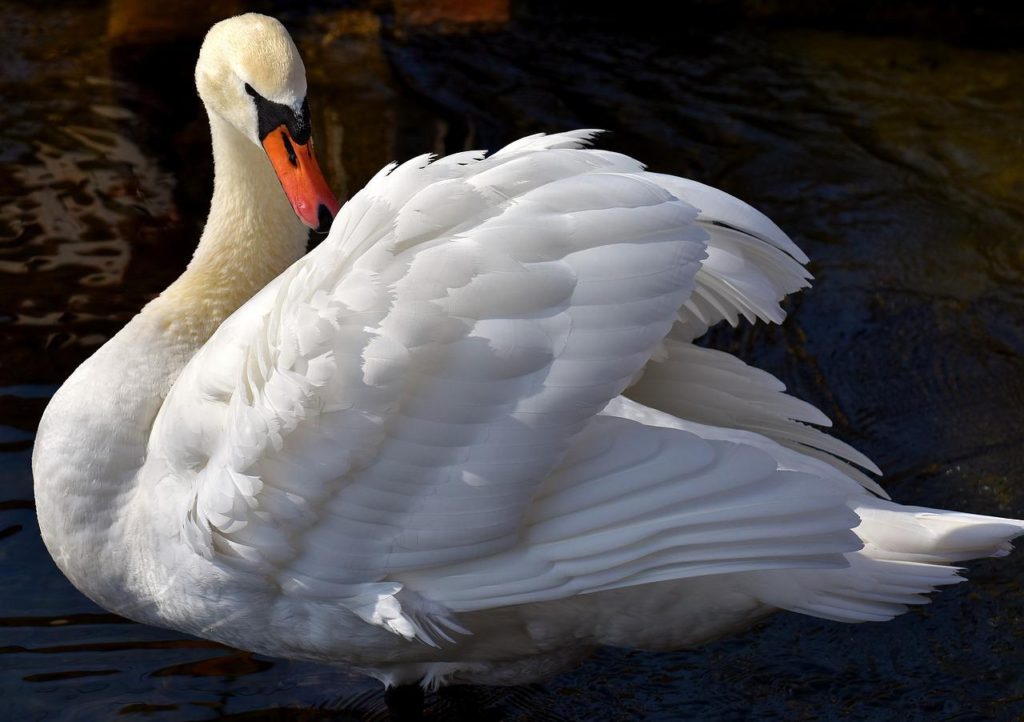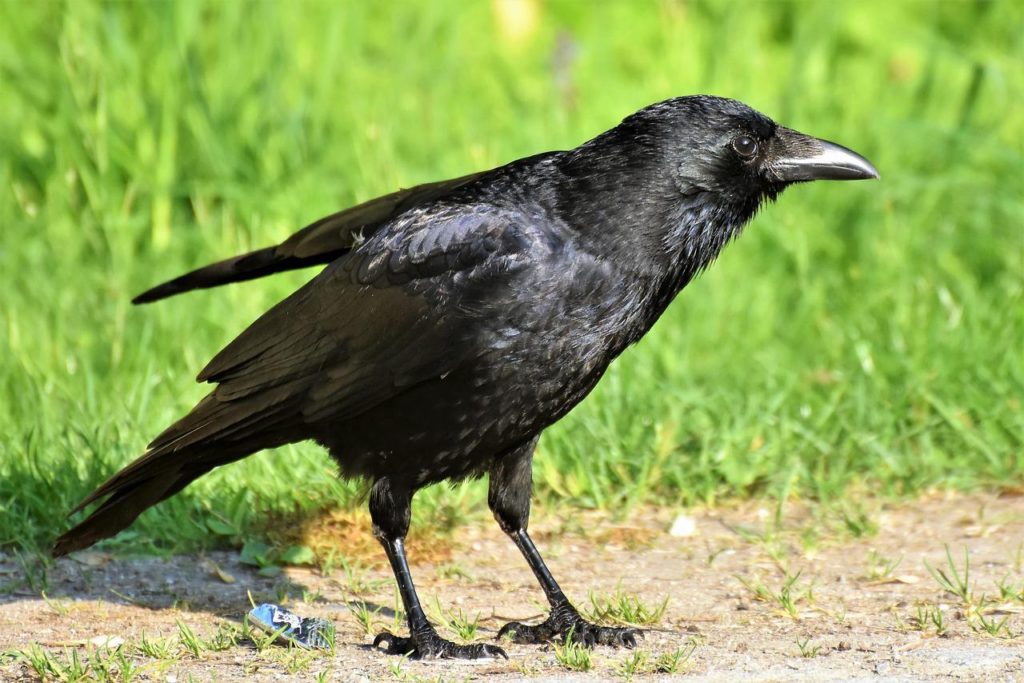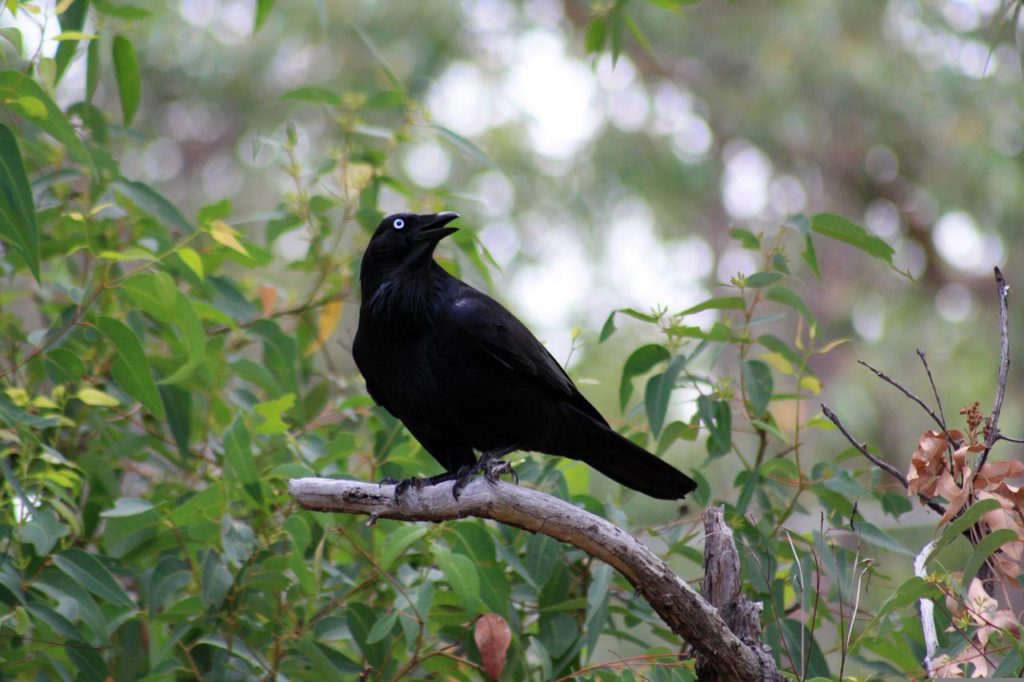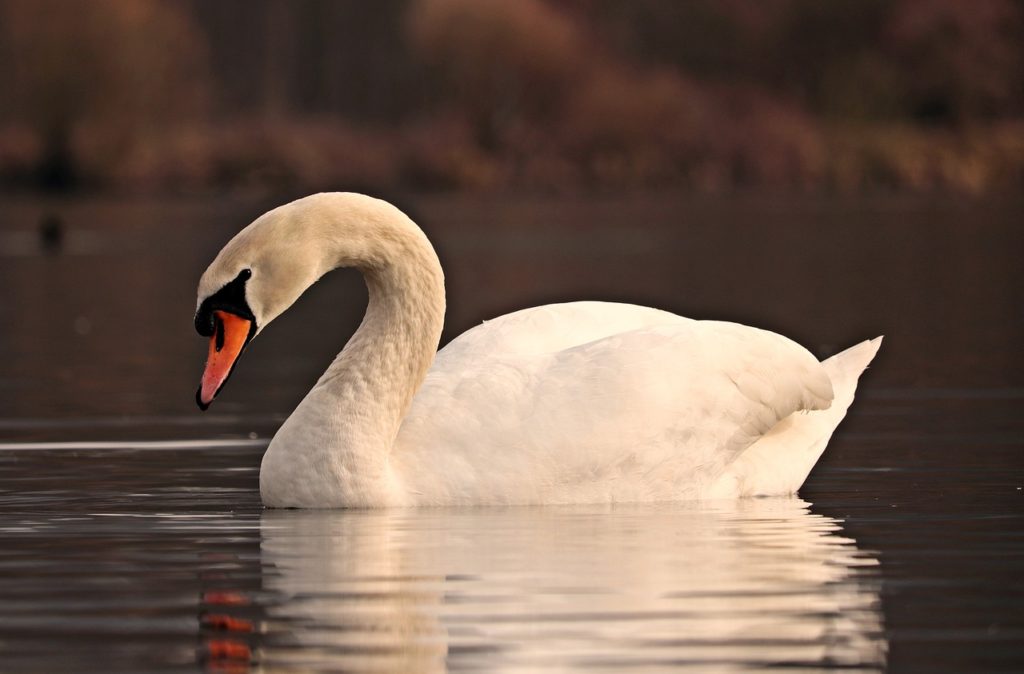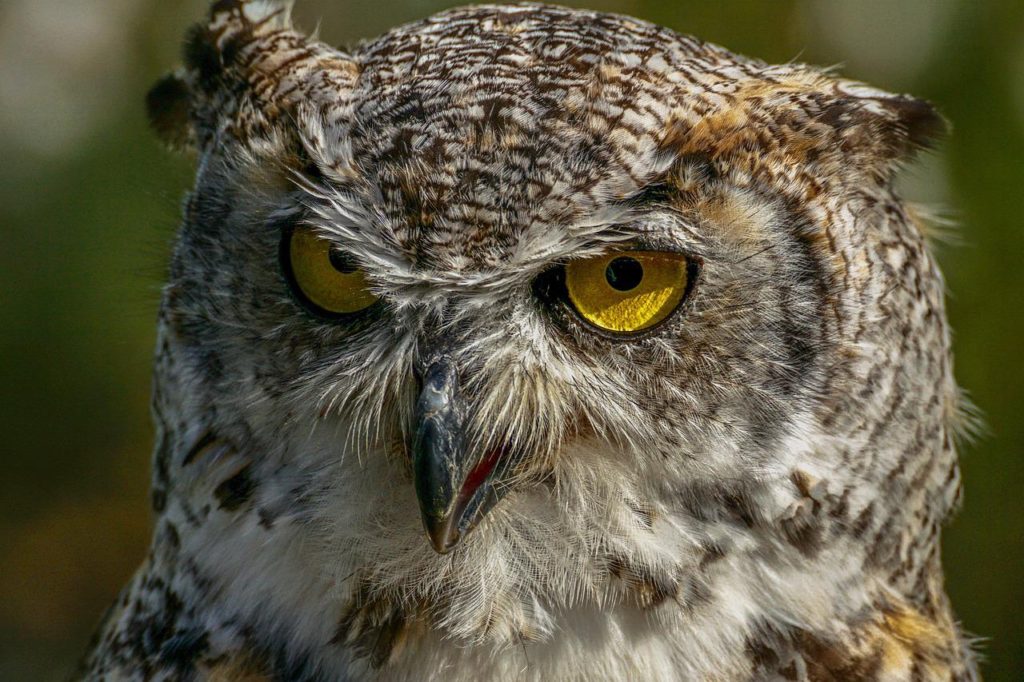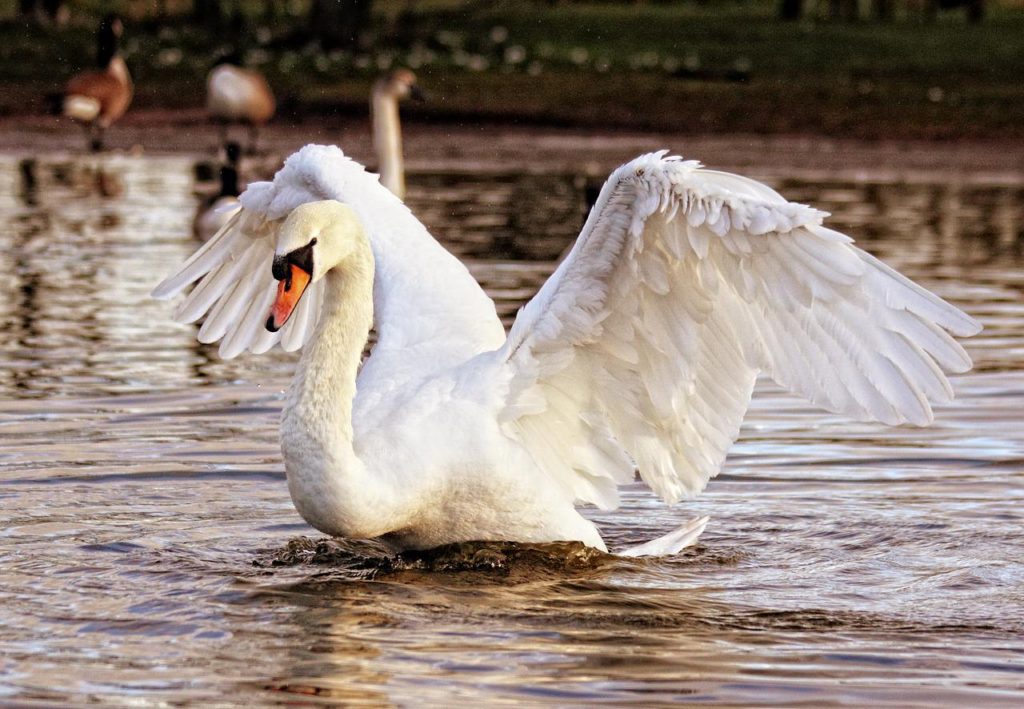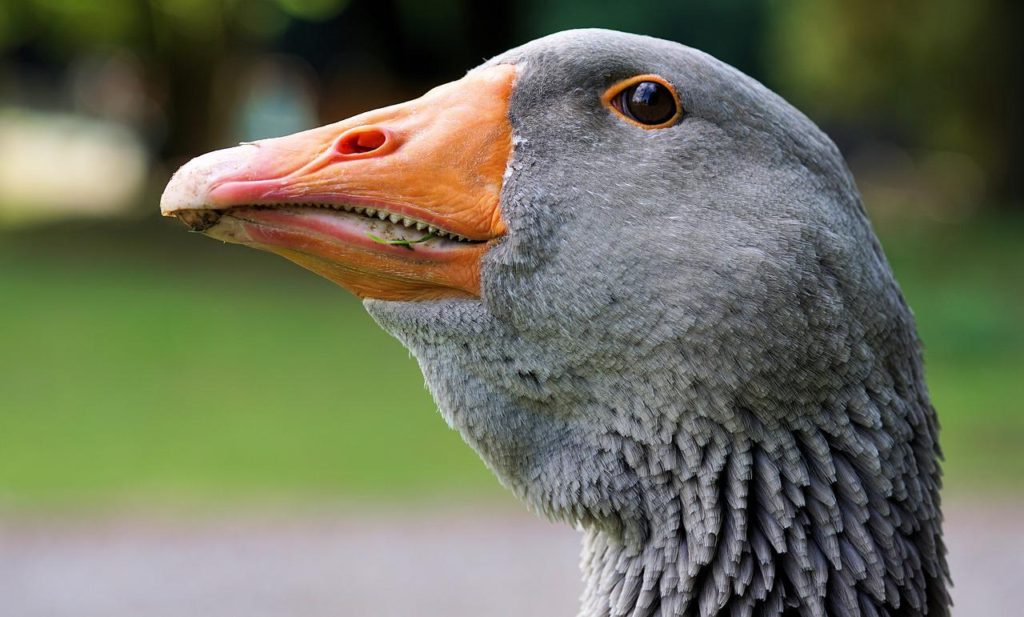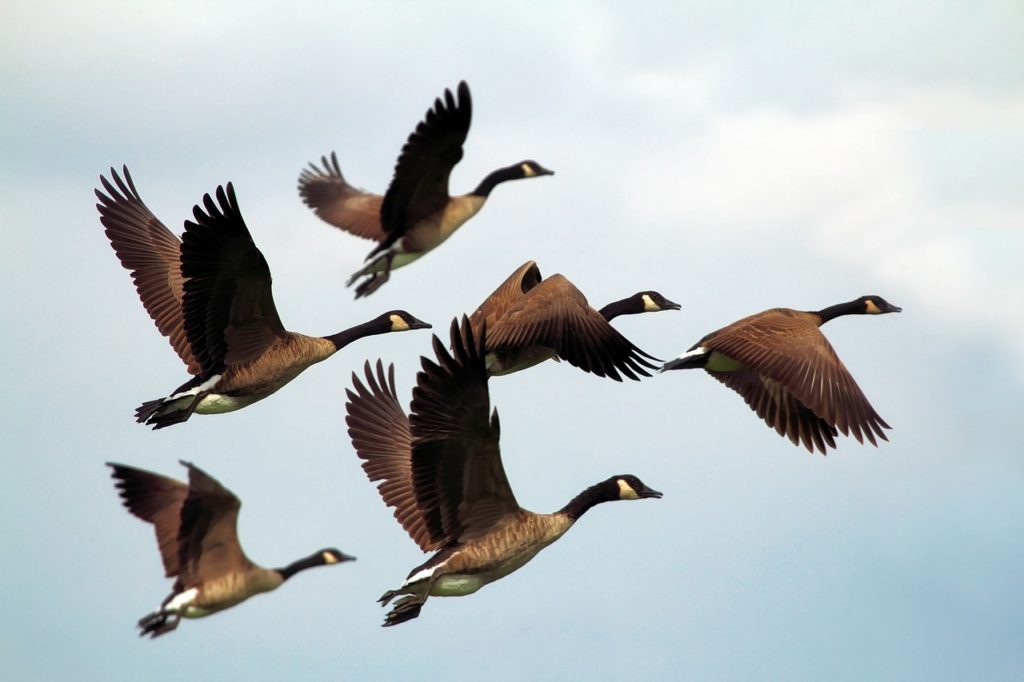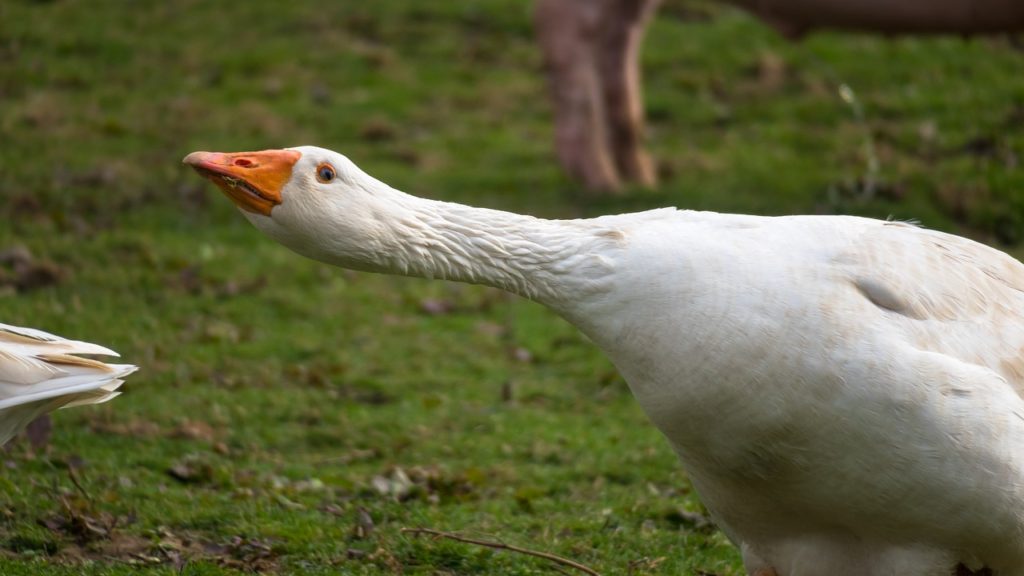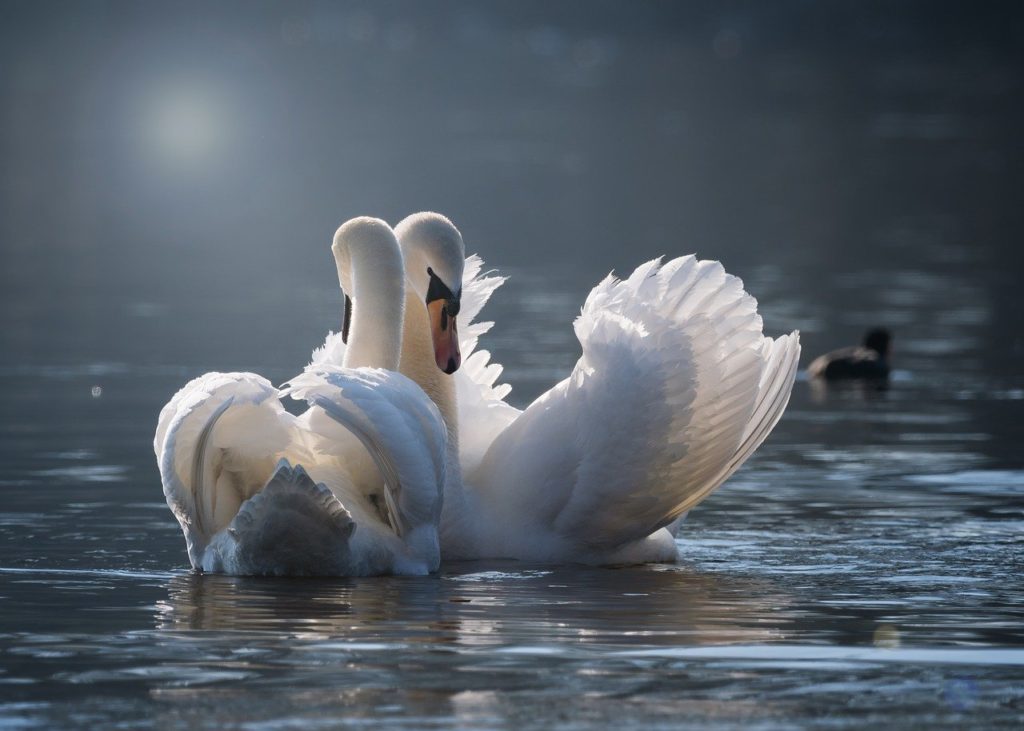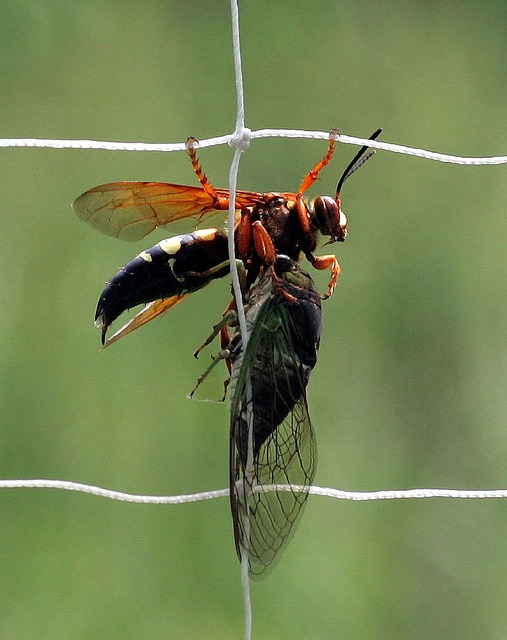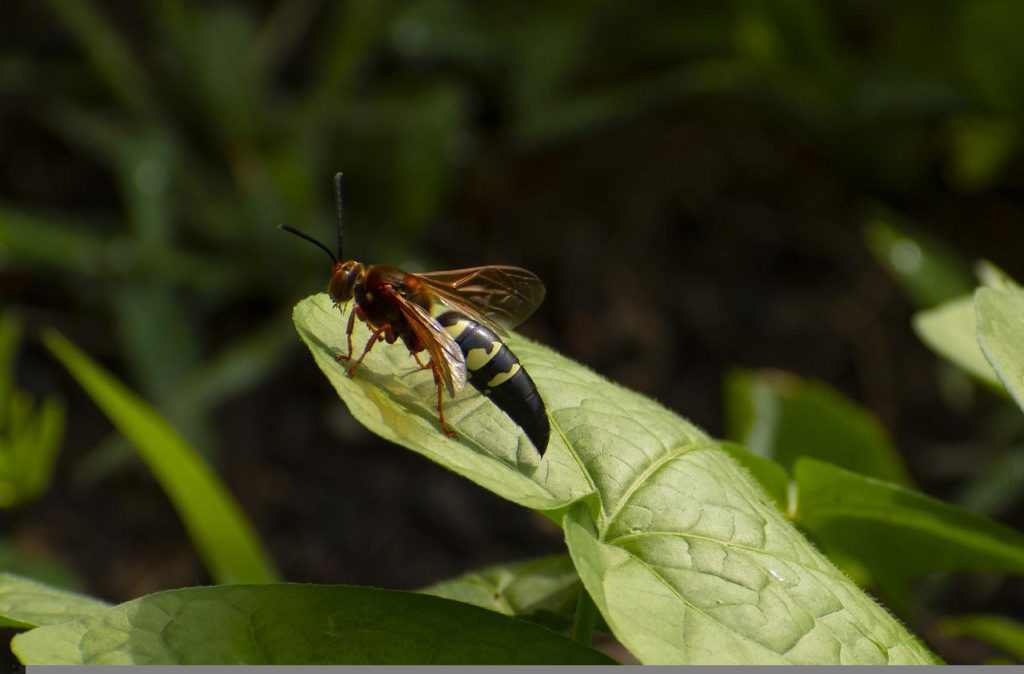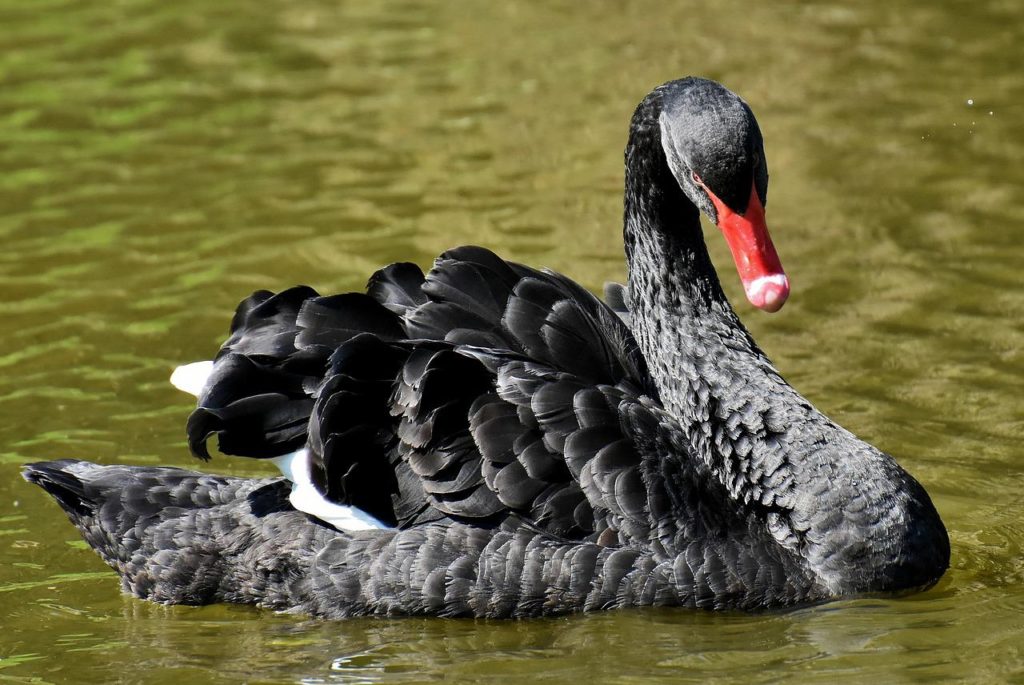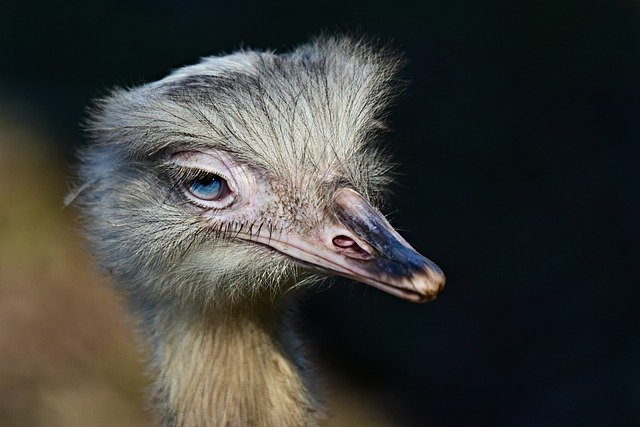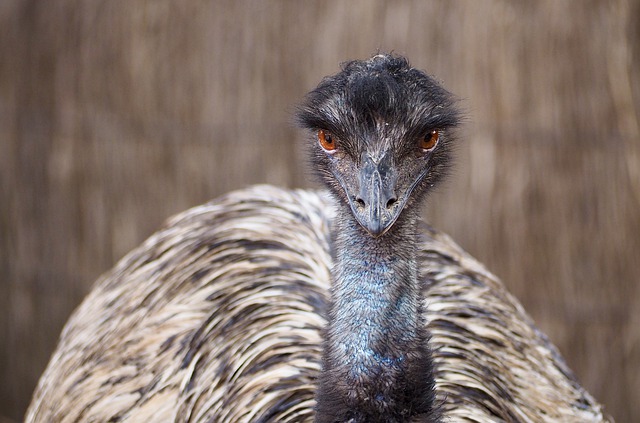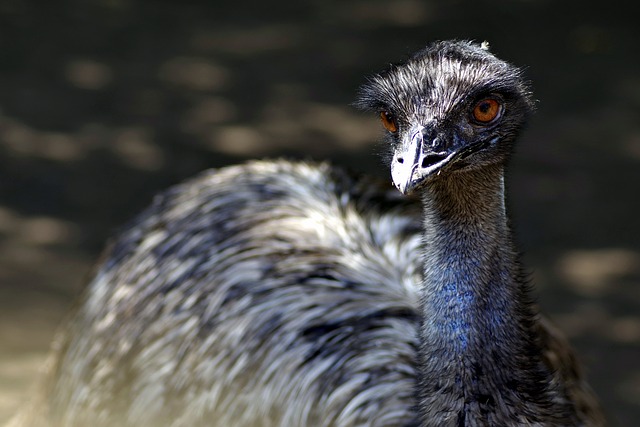
Did you know? One emu egg can make an omelet that can feed up to six adults. Did you know that the emu is the only bird with calf muscles? Can an emu walk backward? Let us find out by exploring some of the most jaw-dropping emu facts.
Emus Have Amazingly Powerful Legs
Emus are the only birds with calve muscles, which enables them to jump 7 feet straight up in the air. With their super strong legs, emus can perform extremely powerful kicks that can maim predators and even tear down metal fencing. Emus are generally not dangerous birds but they are very defensive when it comes to their young ones.
The Emu Is A Naturally-Built Runner
Emu feet are adapted for long-distance running and sprinting. Calf muscles allow them to sustain a speed of 50 km/h with an average 3-meter stride. The emu has three forward-facing toes on each foot. This allows it to firmly grip the ground and helps in thrusting the bird forward.
The Emu is Not Able to Walk Backwards
Most animals can walk in all directions: forward, backward, and sideways. However, animals such as emus and kangaroos cannot walk backward. Some scholars suggest that the emu’s knee joint prevents backward movement.
The Emu Appears With A Kangaroo On The Australian Coat Of Arms
Because emus and kangaroos cannot walk backward, the Australian government decided to use them both on the coat of arms to symbolize the nation’s resolve to always move forward and never back. And of course, these two special animals are also only found in Australia.
More Than 600 Places in Australia Are Named After The Emu
One of the most interesting facts about emus is simply how many places in Australia are named after them, more than 600! These include waterholes, creeks, plains, hills, lakes, and mountains. The emu is a cultural icon of Australia. It appears in various coins as well as the coat of arms. The emu occupied a special place in indigenous Australian mythology.
These flightless Australian birds live in various habitats across Australia both near the coast and inland. The development of agriculture on the east coast of Australia has made emus uncommon there. They are mostly found in Western Australia.
They Belong To The Same Family As Ostriches
Emus are members of the ratite family which also includes other flightless birds such as rheas, cassowaries, and ostriches. These birds are mostly found in Africa and the south pacific.
The Emu Is The Second Tallest Bird On Earth
It is only exceeded by the ostrich. The tallest emus can reach between 150 and 190 cm. Adult emus weigh up to 60 kg. They are the fourth heaviest living bird.
Emus Have Very Small Wings
An emu’s wing is only about 5 to 10 centimeters long. The small vestigial wings of an emu can flap but they don’t aid mobility. Unlike ostriches, they don’t need big wings because predators are less of an issue to emus.
An ostrich needs large wings that can help it change direction easily when faced with African predators such as a lion. The main predators that emus face are dingoes and they can easily outrun dingoes except for young emus.
Emu Eggs Are 8 Times Larger Than The Eggs Of An Average Chicken
But wait, there are several more mind-blowing emu egg facts. A chicken’s egg weighs 60 grams and contains 65% egg white to 35% yolk while an emu’s egg weighs 10 times more (600 grams) and has 55% egg white to 45% yolk. The yolk is the most nutritious part of an egg.
It’s no wonder Australians are buying more emu eggs, they’re more nutritious than chicken eggs and much bigger. Only a single emu egg can be used to bake a cake or create scrambled eggs for three adults with leftover egg still remaining.
The Emu is Equipped with Natural Sunscreen
How does the emu manage to live in hot and arid habitats? One of the lesser-known emu facts is that it is able to keep cool because of its plumage. Emu feathers are shaggy, dark brown, and not streamlined which gives them protection from solar radiation.
The plumage of the emu varies according to the environment and they usually reflect the general hue of their surroundings. Young emus have additional longitudinal tan stripes that provide extra camouflage.
Start Shopping for Birding Supplies!
What Do Crows Eat?
With roughly 40 different species, crows are a common sight in most places around the world. And while most of us are familiar with their appearance and harsh vocalizations, their diet is not as obvious. So what do crows eat? Here's what you'll want to know. What Do...
What Are Crows Good For?
Crows are widely considered to be pests. However, these large and highly intelligent black birds actually serve quite a few important functions in the environment. So what are crows good for? Here's what you'll want to know. Pest And Parasite Management Crows are...
How Long Do Swans Live?
Swans are graceful and beautiful creatures and as such, people have many questions about them. They want to know about their mating rituals, their diet, their preferred habitats, and even their lifespans. How long do swans live for anyway? Swan lifespans actually vary...
Are Crows Good Pets?
People all around the world see and hear crows on a daily basis. Although these intelligent and dark birds are practically ubiquitous, most people don't think of them as being household pets. Are crows good pets? The general consensus is that crows do not make...
Are There Crows In Australia?
Crows are remarkably smart birds that also happen to be extremely adaptable. They navigate unfamiliar circumstances via observation and interaction. Crows reside in locations all over the globe. While they do not live in certain parts of South America, they do reside...
What Do Swans Eat?
Swans are famously long-necked birds that are symbols of romance, love, beauty, and purity. Since these waterbirds have so many admirers, people often wonder about their eating habits, behaviors, and more. What do swans eat, anyway? Swan Basics Swans typically live in...
Birds That Look Like Owls
Owls are typically solitary and mainly nocturnal birds. And although these well-known hooting creatures have a rather distinctive physical appearance, there are actually various other kinds of birds that resemble owls closely. And people sometimes mix them up. So...
Why Are Swans Protected?
Swans are graceful and gorgeous creatures. They also happen to have protection in the United Kingdom, interestingly enough. Why are swans protected there, anyway? And does the Queen own all the swans? Yes, she actually owns any mute swans that are unclaimed in both...
Birds With Teeth
Birds do not have teeth. However, there are quite a few that really look like they do! These birds have evolved special beaks which help them to perform important functions. So here are some of the most amazing birds with “teeth,” and what you’ll want to know about...
Do Geese Fly?
Although geese are clearly birds, there are many individuals who do not necessarily associate them with flying. So, do geese fly? The honest answer is that these waterfowl do. They do not exactly slouch in the flying department, either. Many people are pleasantly...
Are Geese Dangerous?
Geese, in brief, are waterbirds that are quite substantial in size. Since they're often spotted on golf courses, at schools, and in community parks, people understandably tend to wonder whether they're safety threats. Are geese dangerous? Why Geese Attack...
Do Swans Mate For Life?
Swans are famously elegant waterbirds that are known for their sizable bodies, webbed feet, and lengthy necks. People often associate them with romantic imagery and monogamy. Do swans mate for life? You can find the response to that common and rather fascinating...
When Do Cicada Killers Come Out?
Whether you dread them each year or are waiting for them to emerge and control the cicada population you may be wondering, “When do cicada killers come out? The answer is they come out each summer in late June or July. Here’s what you’ll want to know. Cicada Killer...
Are Cicada Killers Dangerous?
One look at one of these huge wasps buzzing around, your yard, and it’s only natural to ask, “Are cicada killers dangerous?” Fortunately, these wasps are mild-mannered. But here’s what you’ll want to know. Cicada Killer Wasps Basics Cicada killers emerge from the...
What Are Black Swans?
What are black swans? Black swans (Cygnus atratus) are sizable waterbirds. This species primarily appears in Australia's southwestern and southeastern portions. The black swan is nomadic in its homeland. This bird, true to its name, is mostly black. Although the bird...
What Do Cicada Killers Eat When There Are No Cicadas?
What do cicada killers eat when there are no cicadas? Well, while cicada killer wasps do hunt cicadas, the adults don’t actually eat them or kill them, their young do. Read on to learn more! The Cicada Killer Diet While you may have seen cicada killer wasps flying...
Do Cicada Killer Wasps Sting?
As one of the biggest species of wasp in North America the cicada killer wasp can be intimidating. And because of their size, appearance, and scary-sounding name, many people wonder, “Do cicada killer wasps sting? The answer is yes and no, and here’s what you’ll want...
Rhea Facts
Doting dads, did you know the male rhea builds the nest, incubates the eggs, and takes care of the young? The rheas are paragons of parental care. It’s a bird like no other, and you will be surprised by the following rhea facts. Rheas Are One Of The Best Dads In The...
Alligator Snapping Turtle Facts
Flightless Australian Birds
There are over sixty species of flightless birds in the world. These birds have lost their capability to fly through evolution, and several of them live in the “land Down Under.” So here’s a list of all the flightless Australian birds. Emu The emu is a large...
